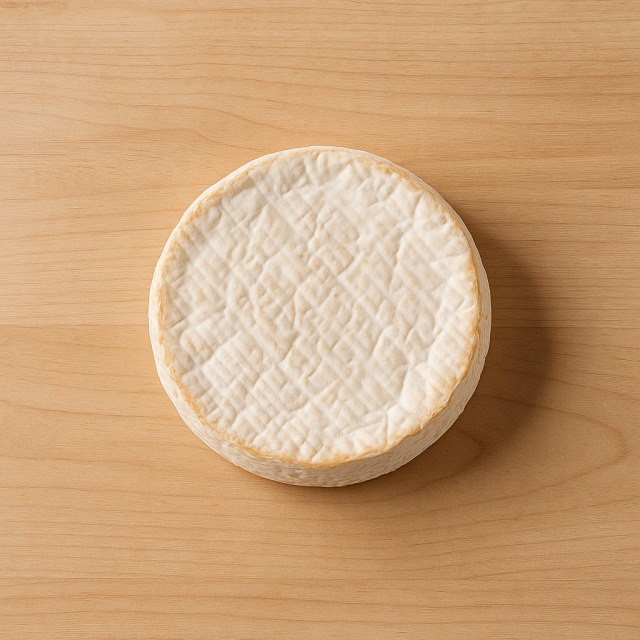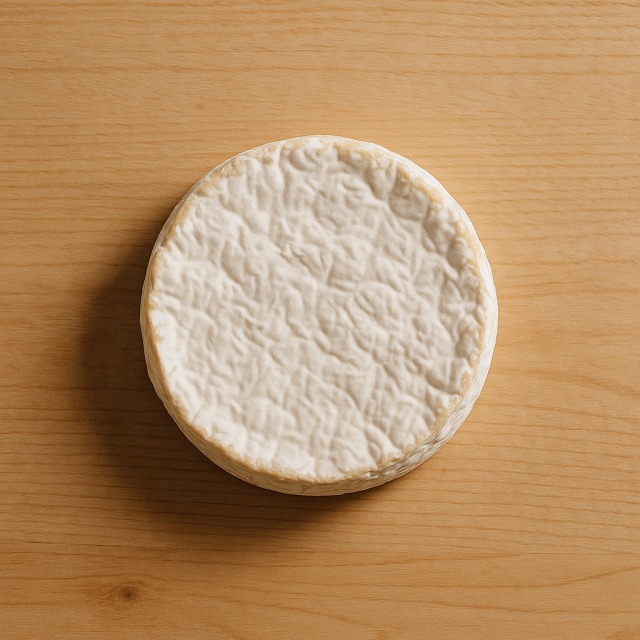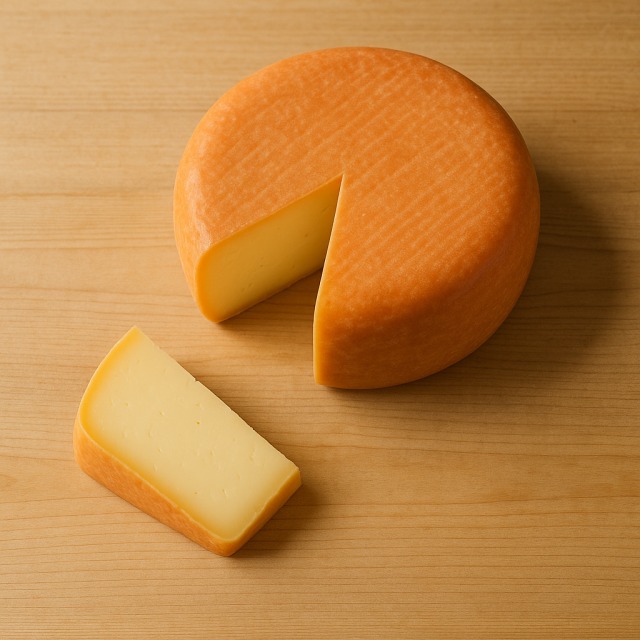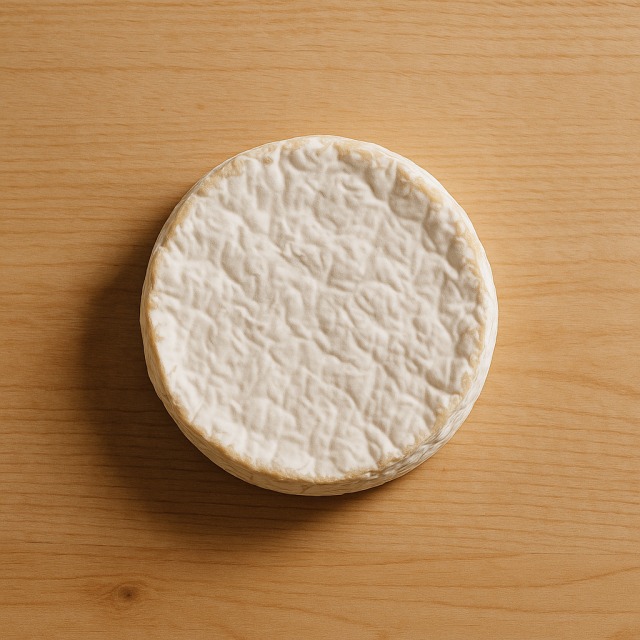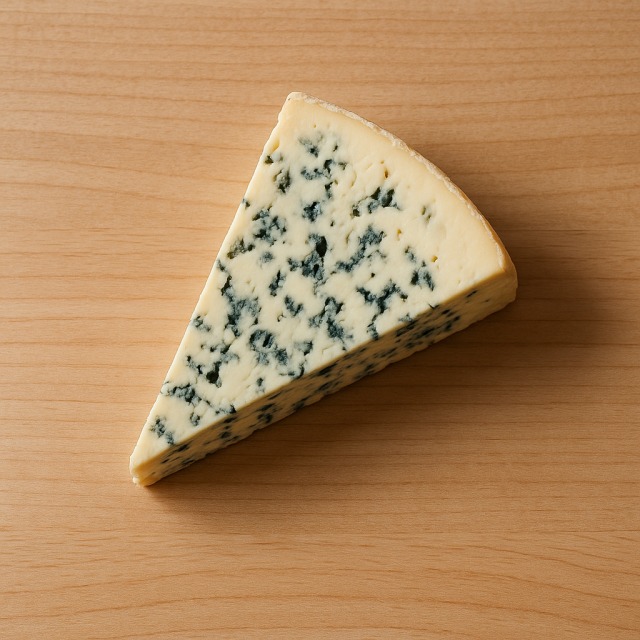Calorie Chart / Cheeses / Saint-Marcellin
How Many Calories Are in Saint-Marcellin?
Calculation of the nutritional value & Recommended Dietary Intake of Saint-Marcellin
For g and a calorie requirement of kcal
| Calories 131 kcal | Proteins 7.6 g | Lipids 11 g | Carbohydrates 0 g |
| 7% | 10% | 16% | 0% |
Health benefits of Saint-Marcellin
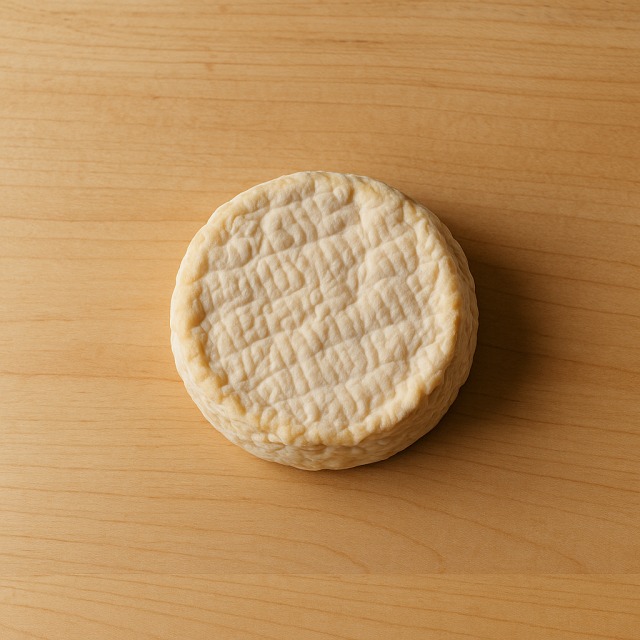
Saint-Marcellin - 100g
Calories 328 kcal
Proteins 19 g
Lipids 28 g
Carbohydrates 0 g
Saint-Marcellin is a soft, cow- and sometimes goat-milk cheese from the Dauphiné region of France. With 328 kcal per 100 g, it is clearly a high-calorie cheese, so the word "calories" is central when you have weight-management goals. Despite its calories, Saint-Marcellin offers valuable nutrients that can justify an occasional place in a balanced diet.
The cheese delivers notable amounts of calcium and phosphorus, two minerals essential for bone health, and it supplies vitamin A (vision, immune function) as well as vitamin B12 (red blood cell formation). It also provides zinc and selenium, trace elements involved in antioxidant protection. The fermentation process introduces lactic bacteria that may support gut microbiota, although this supposed benefit still needs more clinical confirmation. All these assets come together with a creamy texture that makes Saint-Marcellin appealing even to people counting calories.
The cheese dates back to the 15th century: it gained fame after King Louis XI tasted it while passing through the village of Saint-Marcellin. Originally made with goat milk, it switched to cow milk as bovine herds became more common in Isère. Knowing its history helps you appreciate it beyond the raw figure of calories and may encourage mindful, portion-controlled enjoyment.
In short, Saint-Marcellin is nutrient-dense but energy-dense too. Remember the calories, respect reasonable servings, and you will benefit from its minerals, vitamins and unique flavour without letting calories derail your goals.
Tips for incorporating Saint-Marcellin into a balanced diet
Because Saint-Marcellin packs calories yet boasts 19 g of proteins per 100 g, you can integrate it smartly into a meal plan. A 30 g portion provides roughly 100 calories—easy to track if you count calories daily. Enjoy it slightly warmed on a slice of toasted baguette and top with a drizzle of honey and crushed walnut; accompany the plate with a raw vegetable salad to balance calories and boost fibre.
For a light starter, bake individual ramekins of Saint-Marcellin with thyme and serve alongside steamed green beans. The vegetables add volume with minimal calories, helping the whole dish stay calorie-reasonable. You can also slip small cubes of Saint-Marcellin into an autumn salad with roasted pumpkin or pair it with thin apple slices—an approach that mirrors how brie or camembert are often combined with fruit to keep calories in check.
If you crave a heartier recipe, try a gratin inspired by tartiflette but replace half the potato with zucchini ribbons to cut calories while preserving creaminess. Athletes needing extra calories after intense training can melt Saint-Marcellin over whole-grain brown rice and grilled chicken breast; the dish supplies high-quality proteins without relying solely on cheese calories.
Whatever recipe you choose, weigh your cheese, write down the calories, and complete the plate with fresh produce. That way, the unique taste of Saint-Marcellin enriches your menu without letting calories snowball.
Frequently Asked Questions
- How many calories are in Saint-Marcellin?
- Saint-Marcellin contains 328 kcal per 100 g.
- Is Saint-Marcellin compatible with a low-carb diet?
- Yes. It supplies 0 g of carbohydrates, so all its calories come from proteins and fats, making it suitable for ketogenic or other low-carb plans.
- How do the calories of Saint-Marcellin compare with those of camembert 45 %?
- Saint-Marcellin is slightly higher, at 328 kcal versus about 299 kcal per 100 g for camembert 45 %. Portion control remains key for both cheeses if you monitor calories.
- What serving size keeps calories reasonable?
- A 30 g wedge delivers roughly 100 calories, fitting easily into a 1 500–2 000 kcal daily budget.
- Can I bake Saint-Marcellin without adding too many calories?
- Yes. Bake it plain or with herbs; avoid adding cream or bacon. Pairing the melted cheese with vegetables limits extra calories.
- Is Saint-Marcellin safe during pregnancy?
- Because it is usually made from pasteurised milk today, it is often considered safe when well-ripened, but always verify the label and consult a healthcare professional to avoid listeria risk.
Similar foods
Information provided by Calorie Menu may contain inaccuracies or errors. It cannot, under any circumstances, substitute medical advice or medication.
